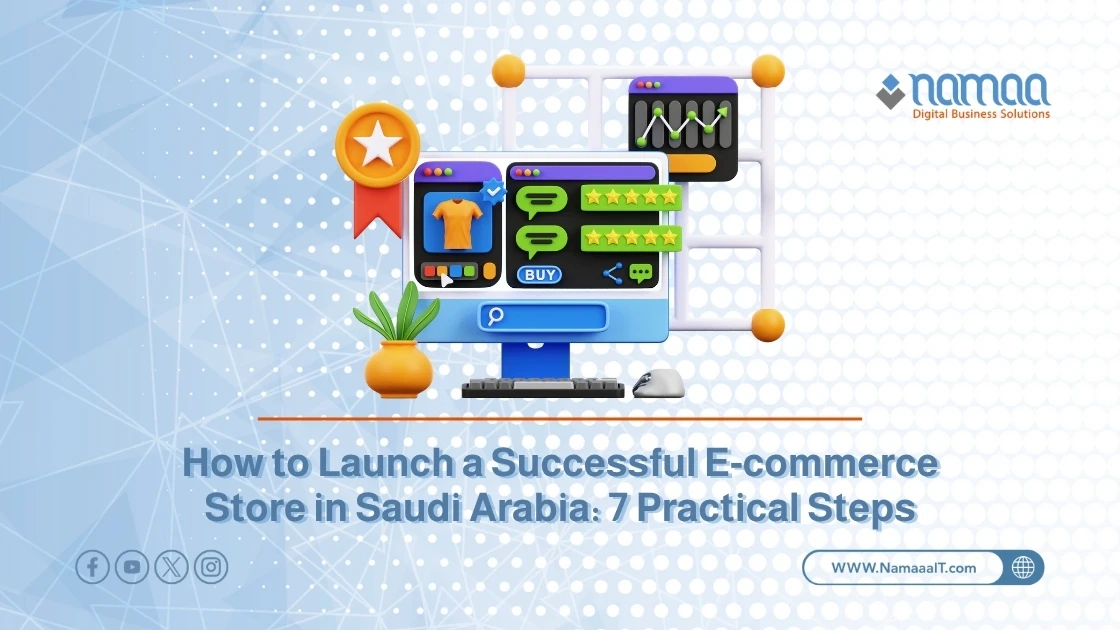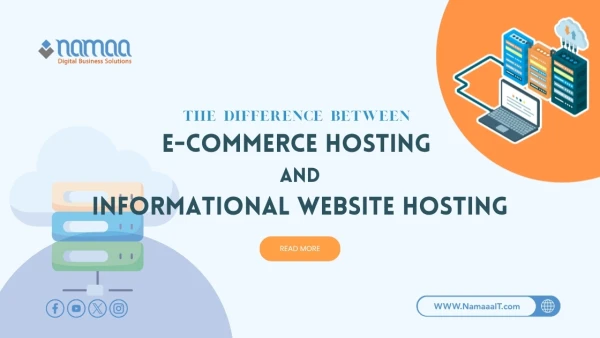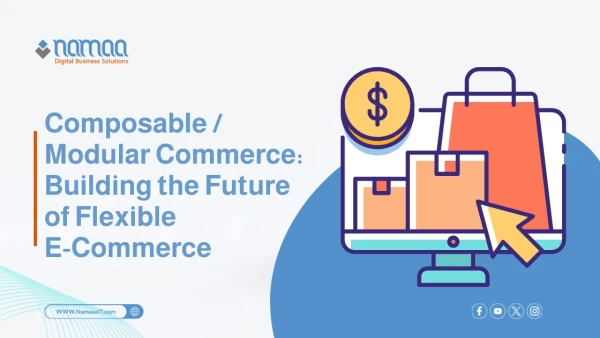In light of the rapid digital transformation in the Saudi market, e‑commerce has become a strategic path for anyone seeking business expansion and access to a broader customer segment. The Kingdom has seen notable growth in online retail, fueled by strong purchasing power, advanced digital infrastructure, and unprecedented government support for launching online businesses. As competition intensifies and consumer options diversify, success is no longer reserved for established players—it’s within reach for anyone with vision and a solid plan.
If you aim to launch a successful online store in Saudi Arabia, this comprehensive guide will take you by the hand step by step—starting from market research and product selection, through legal and technical aspects, to marketing strategies and building customer trust. These seven practical, tested steps will set you on the path to establishing a strong, sustainable digital presence in one of the region’s fastest-growing markets.
7 Steps to Launch an E‑commerce Store in Saudi Arabia
1. Market Research & Defining Your Niche
The first step to a successful project is in-depth market research to understand customer needs and identify exploitable gaps. Define your product categories—tech gadgets, fashion, home essentials, organic goods, etc.—and analyze competitors’ strengths and weaknesses. Pinpoint your target audience: youth, families, businesses, or a specific age group. Use digital analytics tools and e‑commerce market reports to base decisions on real data, not assumptions.
2. Business Plan & Marketing Strategy
Once you define the niche and audience, create a comprehensive business plan. Set short- and long-term goals, tactics for inventory management, customer service, shipping/delivery, and a marketing roadmap. Estimate capital needs, operating costs, and potential funding sources. Outline your brand identity and unique value proposition. Don’t overlook digital marketing: include SEO, social media, email campaigns, and ad placement.
3. Legal Setup & Licensing
Compliance with Saudi regulations is essential. Register your business with the Ministry of Commerce and Investment and secure a unique trade license. Obtain an e‑commerce license, register with ZATCA for VAT (15%), and if you’re a freelancer consider the "Freelance Work" license. Also establish clear data protection, consumer rights, return, and exchange policies.
4. Selecting a Platform & Store Design
When building your online store, PolarisMAX serves as a strategic all-in-one platform that supports rapid and scalable growth. Its advantages include:
- Fast deployment: Go live in just 26 days—much faster than traditional platforms.
- Responsive design: Optimized for mobile, tablet, and desktop with fast load times.
- Brand customization: Full visual control without needing in-house developers.
- Payment & shipping integration: Supports Mada, Apple Pay, PayPal, local carriers.
- 24/7 support & flexible development: Continuous assistance and the ability to add features.
- Mobile apps included: Auto-generated iOS & Android apps enhance engagement.
- Business intelligence tools: Live reports and analytics for informed decisions.
5. Payment Methods & Logistics
Offering secure and varied online payment options increases trust and conversion. Integrate gateways like Mada, STC Pay, Apple Pay, and PayPal. Choose reliable local and regional couriers with transparent delivery pricing and policies. Many platforms (e.g., PolarisMAX) make integrating these services seamless.
6. Launch & Digital Marketing
Before going live, test every function: signup flow, cart process, payments, shipping, returns. Then launch your marketing campaign through social media ads (Facebook, Instagram, Snapchat), influencer collaborations, and SEO optimization. Use Google Ads, email marketing, and retargeting strategies to attract and retain customers.
7. Monitor, Optimize & Customer Satisfaction
Launching is just the beginning. Use analytics tools (Google Analytics, etc.) to track KPIs: traffic, conversion rate, AOV, and bounce rate. Quickly respond to feedback and technical issues. Continuously enhance UX through design updates, speed improvements, and new features. Build loyalty via rewards programs and exclusive offers. Stay updated on evolving trends in the Saudi e‑commerce landscape.
FAQ
Q1: How to secure your store from cyber threats?
Use SSL certificates to encrypt user data.
Regularly update your platform and plugins.
Enable two-factor authentication (2FA) for admin accounts.
Schedule regular data backups.
Collaborate with cybersecurity firms for proactive monitoring.
Q2: Best practices for inventory management?
Use real-time inventory systems with low-stock alerts.
Analyze seasonal sales patterns for forecasting.
Partner with flexible suppliers.
Offer pre-orders for limited stock items.
Q3: How to build customer loyalty?
Implement reward-based loyalty programs.
Send exclusive offers via email or SMS.
Offer outstanding customer service.
Personalize offers based on purchase history.
Collect feedback and act on it.
Q4: Environmental and social considerations?
Use recyclable packaging materials.
Support local products or social initiatives.
Optimize shipping for minimal carbon footprint.
Educate customers about sustainability.
Ensure fair labor practices across your supply chain.
Q5: How to apply AI in your e‑commerce store?
Use chatbots for instant support.
Leverage customer data to suggest personalized products.
Automate marketing messages.
Predict demand and optimize inventory.
Analyze user behavior to improve UX.
Summary
32%+ annual growth in Saudi e‑commerce, heading toward SAR 50 billion by 2025.
Move from idea to launch in just 26 days with platforms like PolarisMAX.
Reduce operating costs by 60% and deployment time by 70%.
Mandatory 15% VAT and official trade + tax registration.
80%+ of Saudi shoppers prefer electronic payments—multichannel payment integration is key.









